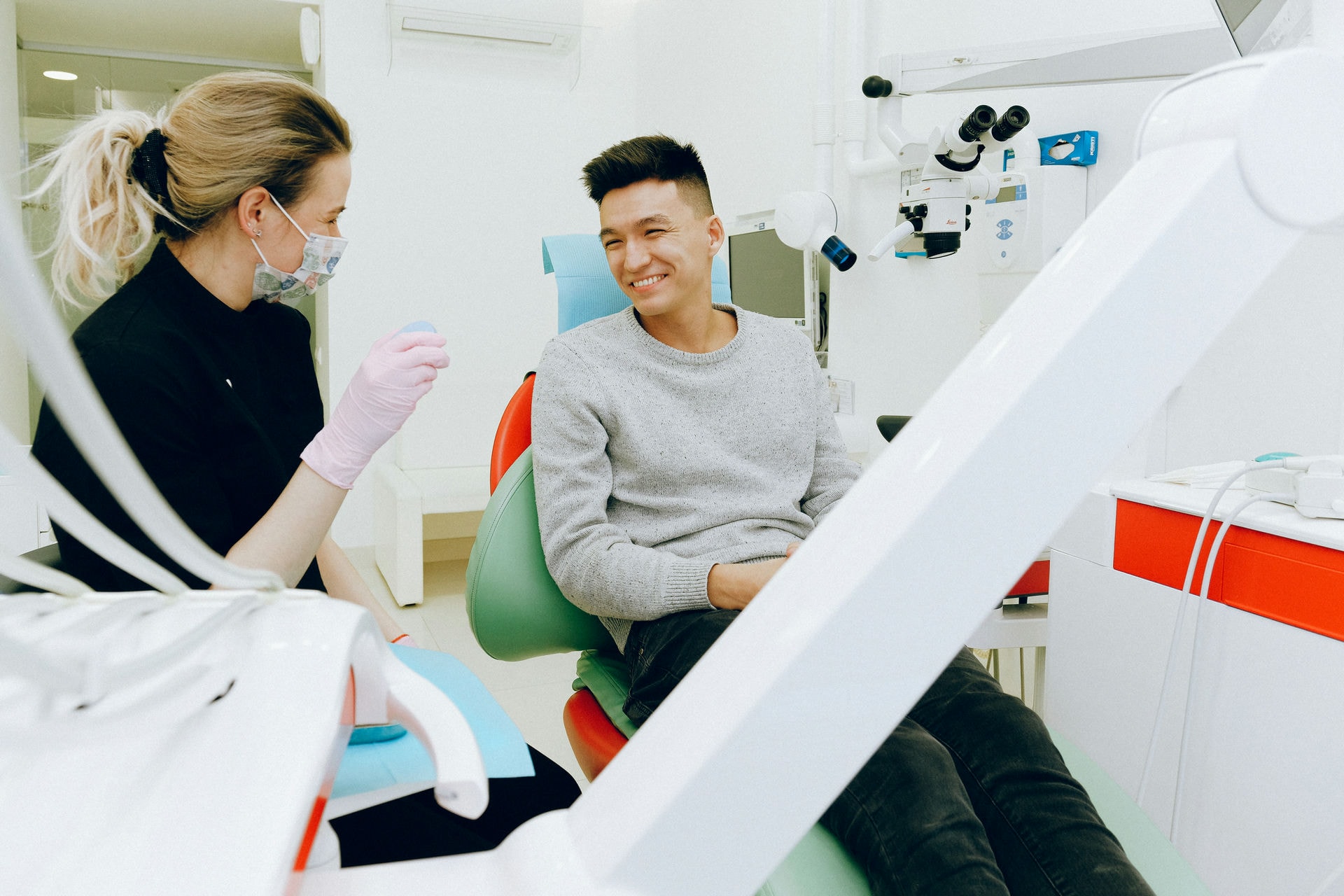Summer can be a challenging time for dental practices. With children out of school, families traveling, doctors and team members taking time off, data analysis shows that summer months can sometimes have a negative impact on a practice’s overall growth and profitability. But, by focusing on the right key performance indicators, it is possible to turn summertime dental practice blues into a sunny, successful season. (Hint: It’s about scheduling to goal vs. scheduling to fill the schedule.)
Clinical hours are critical
One of the first areas of focus: Production Per Visit, or PPV.
If during non-summer months, your practice produces around $100,000 in revenue. In June, that amount drops to $50,000 in revenue, even though you only took one week off for a family vacation. What happened here? If you only had one week with no production, shouldn’t your June revenue have been $75,000? This is a common occurrence, and the cause is often related to how you manage clinical hours.
There are three types of “hours” a practice can track: Clock-in, clinical, and chairside hours.
* Clock-in hours refers to the total number of hours you or an employee is clocked in; let’s use 8 a.m. to 5 p.m. as a typical example.
* Clinical hours are those you are available to provide dentistry. You might be in the practice from 8 a.m to 5 p.m., but during that time you take an hour off for lunch. A block of time might be set aside for you to manage the business. In this example, your clinical hours would be seven, not nine.
* Chairside hours are those you are actually providing dental care – examining patients, “drilling and filling,” performing cosmetic dentistry. In other words, the hours you are actually getting paid.
Which of these three types of hours are most impactful on your practice’s PPV? Clinical hours, of course. They’re the best way for your practice to establish and schedule to goal.
Perhaps you’re thinking “I want to track all three types of hours,” and if so, have at it. Doing so will be a challenge and frankly, probably won’t offer a meaningful return on the effort you put in.
Tracking your clinical hours and trying to increase your PPV during those hours is a much better use of your valuable time.

Scheduling to Goal
Ready to set your goal? Take your current PPV and multiply that by your available clinical hours.
As an example:
If your current PPV is $650 and your total current clinical hours for the month are 100 (25 hours per week x 4 weeks = 100 hours), that equals an average of $65,000 you can personally produce per month.
For your total PPV, add production hours from your hygienist, as well as any other clinicians.
With this powerful data in hand, you’ve removed the guesswork and generated hard facts to use in making wise decisions.
Put another way, if you are working ten hours this week and want to be producing $1,000 per hour, those managing the schedule should be looking for ways to ensure you’ve got at least $10,000 in scheduled production for the week.
Not quite there? You only have two ways to increase production – increase the number of visits or increase the amount of production per visit. The scheduler should be looking for the best opportunities to schedule to goal, such as higher-value cases, cosmetic dentistry, and crowns.
Scheduling to goal vs. scheduling to fill the schedule is your best solution to the summertime blues.
To learn how to get the most out of your schedule, set up a no-cost practice analysis with Dental Intelligence today. We’d love to show you what’s working well in your practice and what needs some help. Visit dentalintel.com to learn more.
About the blogger

Scott Livingston is the Director of Communications for Dental Intelligence. His focus is on helping the company to tell the story of how actionable data can measurably improve patient care, team collaboration and dental practice profitability.
Outside of work, Scott enjoys spending time with his family, hiking the many trails in Utah, and serving others in his church and local community.




